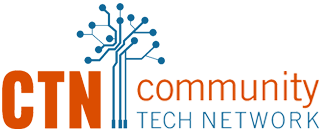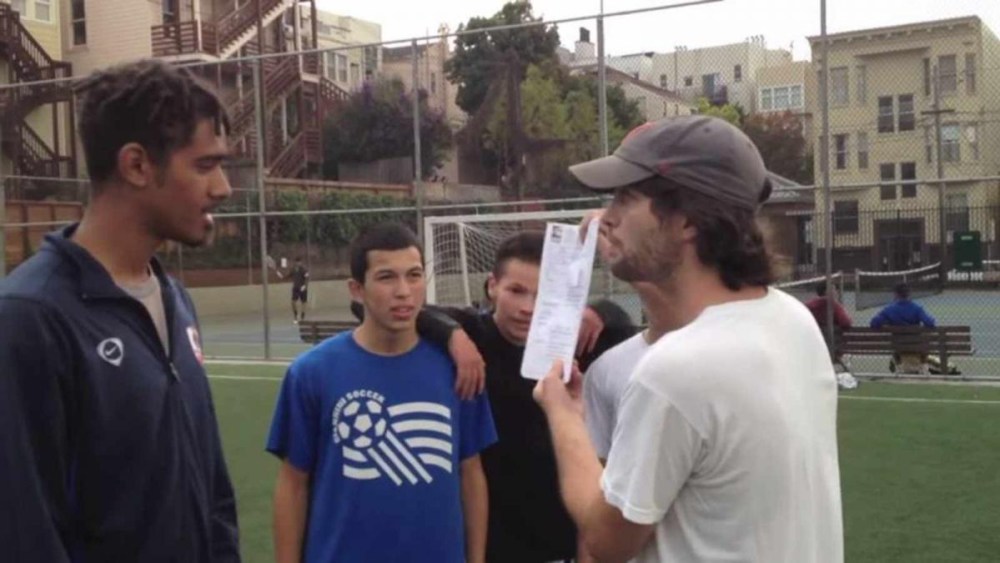We hear the term “digital divide” used quite a bit in a wide variety of contexts, and often the definition can start to feel a little muddy. Building on research done by the U.S. Department of Commerce, Wikipedia defines the digital divide this way:
A digital divide is an economic and social inequality according to categories of persons in a given population in their access to, use of, or knowledge of information and communication technologies (ICT).
Using this definition, it’s easy in the abstract to acknowledge that the digital divide exists and that digital literacy is important in order to be successful in our society today. We can see how crucial an understanding of technology is to finding employment and furthering our education, and these are important to recognize. What we don’t often recognize, though, is how the digital divide impacts us in our day-to-day lives and how it impacts our communities.
An incident that is doing the social media round at the Mission Playground in San Francisco is a perfect example of how the digital divide impacts our community in concrete ways on a regular basis. Residents from the neighborhood, mostly kids, have been utilizing the playground to play pickup soccer for many years. The city, as part of the park’s revitalization, implemented a new policy whereby people could reserve the field two days a week via an app and for a small fee. To be sure, there is a lot going on in this incident that is more than just digital literacy, but it does play a big part.
On the one hand, you’ve got long-time residents of the community, mostly kids, who have always accessed a community resource in a particular way (showing up and playing pickup soccer). This is an important resource to them because it’s a safe place for them to be together in an environment where that is rare.
On the other hand, you have San Francisco Recreation & Parks Department improving the conditions of the field, and at the same time experimenting with using technology to manage the resources available at the park while potentially making a little revenue on the side. They built a system whereby people could reserve a field (for a nominal fee) via an app, and when they came up with the idea, I suspect it was seen as innovative and cool. They promoted this new policy using technology, and assumed the community had the same access to technology by which they could receive the news.
This is where the digital divide comes into the picture. For those who are savvy about technology, who have their finger on the pulse of, have access to, and regularly use technology, this is a cool new thing. They got to plan ahead for an extracurricular activity in a convenient way for a resource that they probably knew to be used regularly.
For those who aren’t savvy, who lack access to technology, don’t use it as regularly, and don’t have it front and center in their lives (poor, underserved, disenfranchised), what this amounted to was a huge barrier to a valuable (and rare) community resource.
It would be easy to see this as a small and insignificant thing, but I think the uproar speaks to the larger pattern this incident points to. Those with access to technology have a leg up in this world, and those with the education, money, and exposure tend to have better access to technology. The solution to this is the same as it ever was. Technology can be a lever that can help transform people’s lives by greatly expanding their opportunities. As a community, it is our responsibility that access to, knowledge of, and education about technology be made available to everyone, especially those who need it the most. This is at the core of what CTN is about, and you can help to bridge this gap today by donating or by signing up to be a volunteer!


Comments are closed.